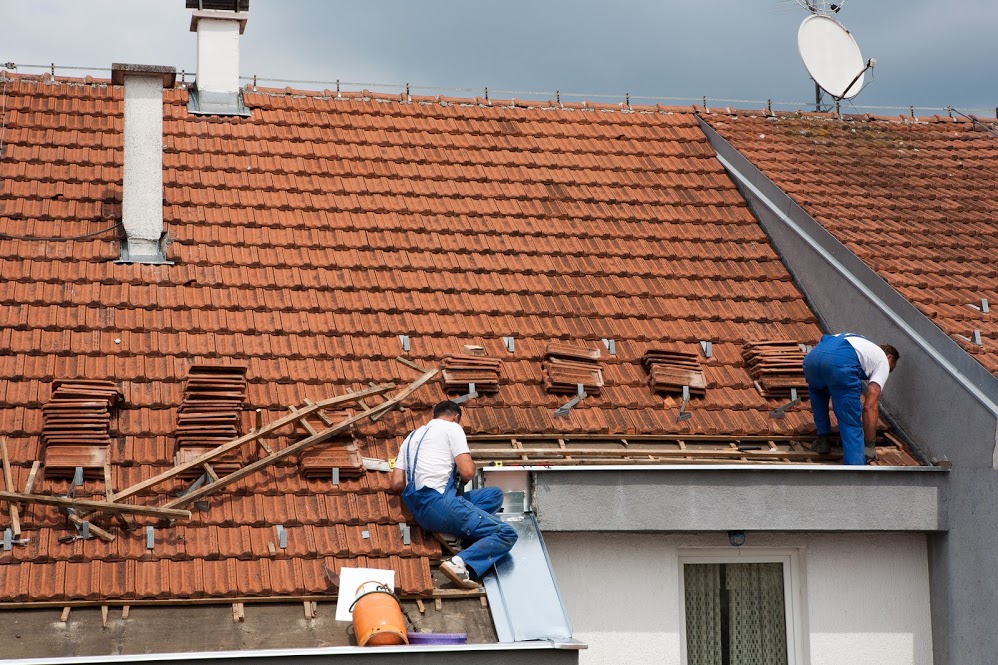Roof inspections are important for identifying potential points and ensuring the longevity of your roof. Regular inspections can help detect issues early, stopping expensive repairs or replacements down the road. Here are some common strategies and steps for conducting a roof inspection:
Visual Inspection:
a. Exterior Inspection:
Start by inspecting the roof from the ground utilizing binoculars or by safely climbing onto a ladder to get a closer look.
Look for visible indicators of injury, corresponding to lacking or broken shingles, curling or buckling shingles, or free or deteriorated flashing round roof penetrations.
Check for particles, moss, algae, or lichen growth on the roof, which can point out moisture-related issues.
Inspect the gutters and downspouts for granules from shingles, as extreme granule loss can sign shingle wear.
b. Interior Inspection:
Go into the attic or crawl house and examine the underside of the roof deck for indicators of leaks, moisture, or water stains.
Look for daylight coming through cracks or holes in the roof deck, which may indicate roof harm.
Check for signs of insulation harm, mildew, or mildew progress, which can end result from roof leaks.
Roof Restoration :

a. If it's protected to take action, walk on the roof surface to inspect it up close.
b. Be cautious and wear acceptable safety gear, such as non-slip footwear and a security harness if needed.
c. Look for any delicate or spongy areas, which could point out underlying harm.
d. Check for loose or damaged roofing materials, in addition to indicators of damage and tear.
Moisture Detection:
a. Use a moisture meter to detect hidden moisture within the roof construction and insulation.
b. Click here for more may help establish leaks or areas of potential water intrusion that may not be seen.
Drone Inspection:
a. Drones geared up with cameras can provide a complete view of the roof surface without the necessity for direct bodily access.
b. A drone inspection may be particularly helpful for bigger or hard-to-reach roofs.
Professional Inspection:
a. Consider hiring a professional roofing contractor or inspector to conduct an intensive inspection.
b. Professionals have the expertise, instruments, and experience to determine issues that will not be apparent to a home-owner.
Documentation:
a. Document your findings with photos and notes to create a record of the roof's situation.
b. This documentation could be helpful for tracking changes over time and for insurance coverage claims or repairs.
It's necessary to carry out roof inspections regularly, ideally at least once a year, and after severe weather events like storms. Additionally, if you're not comfy or confident in your ability to carry out a roof inspection safely, it is advisable to rent a certified roofing skilled to ensure an intensive and accurate assessment of your roof's situation..
